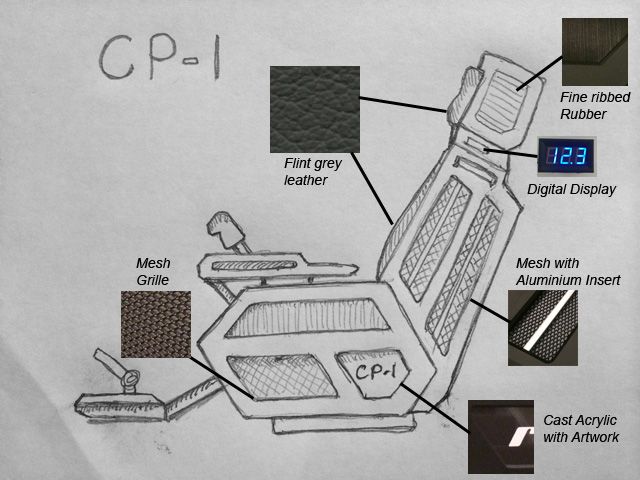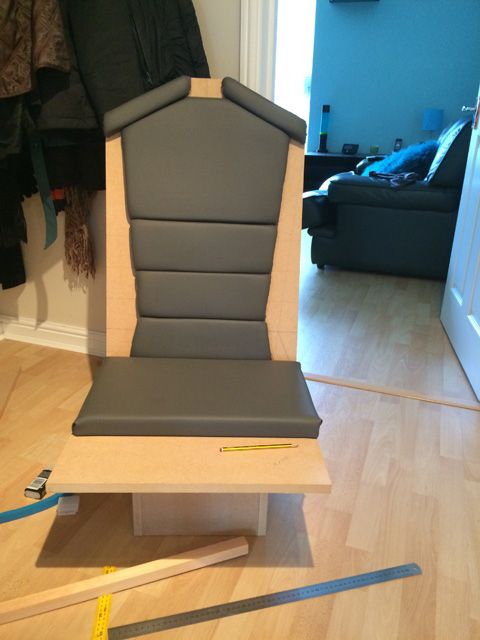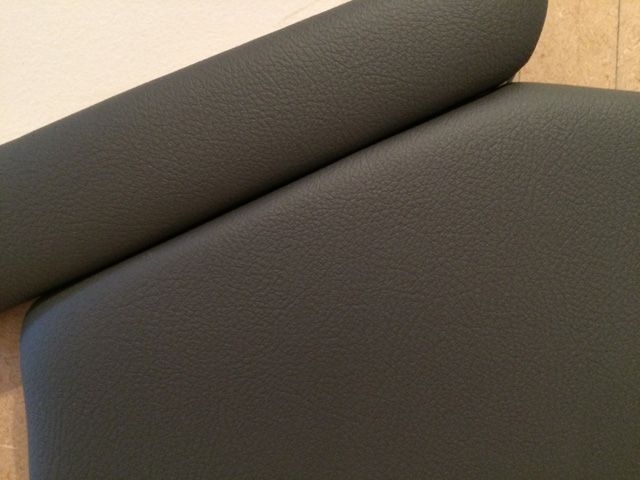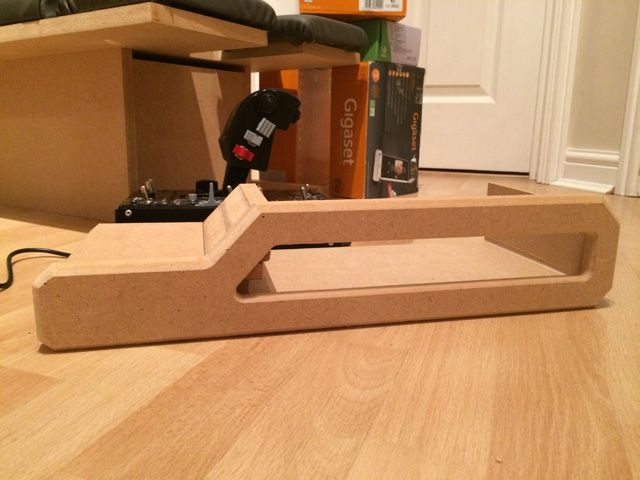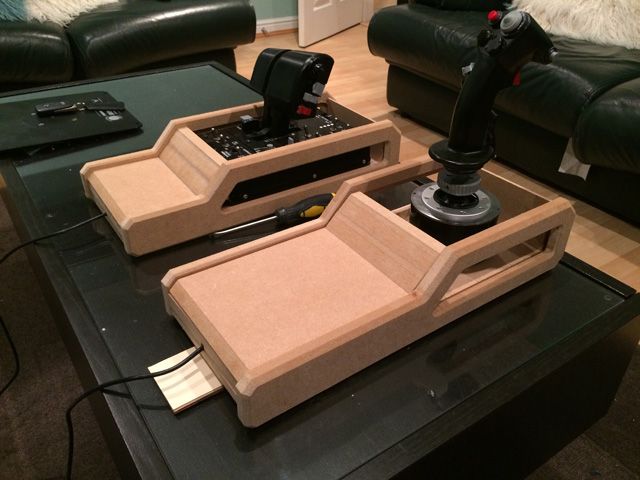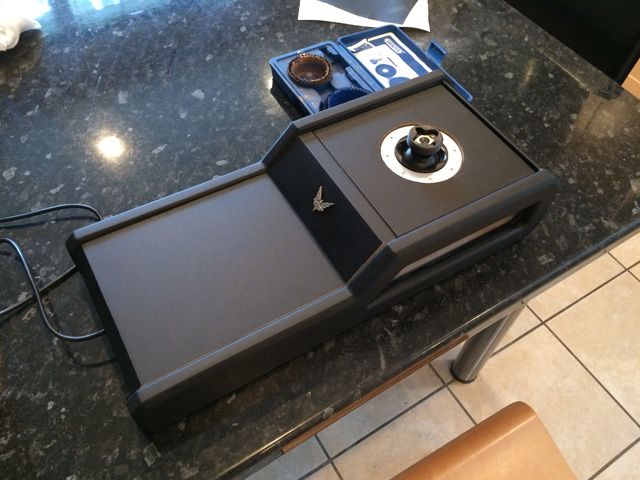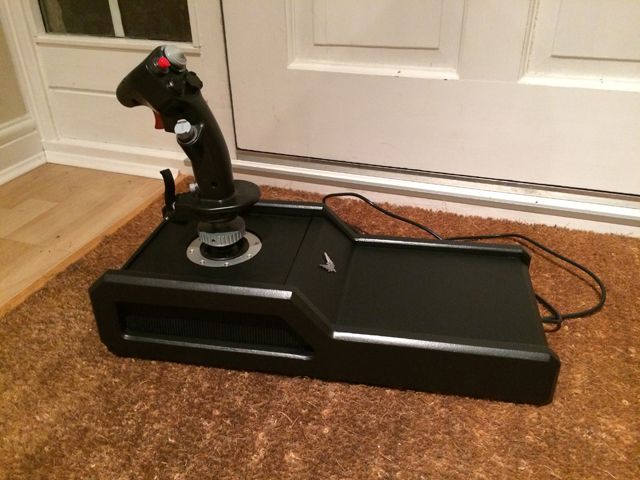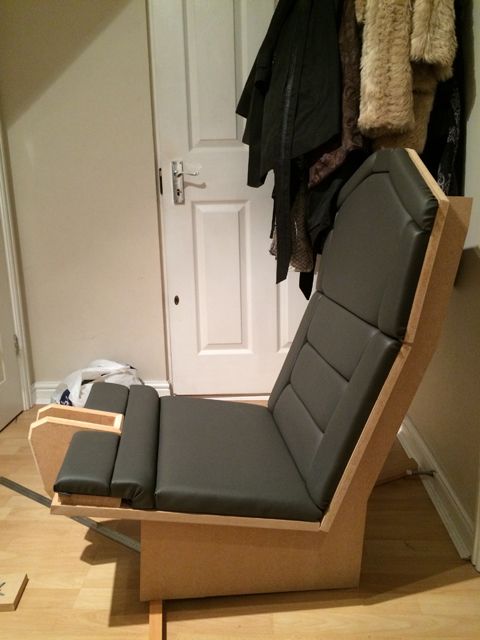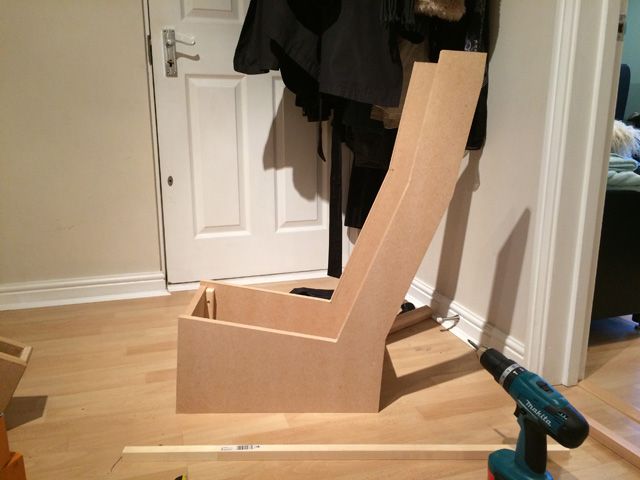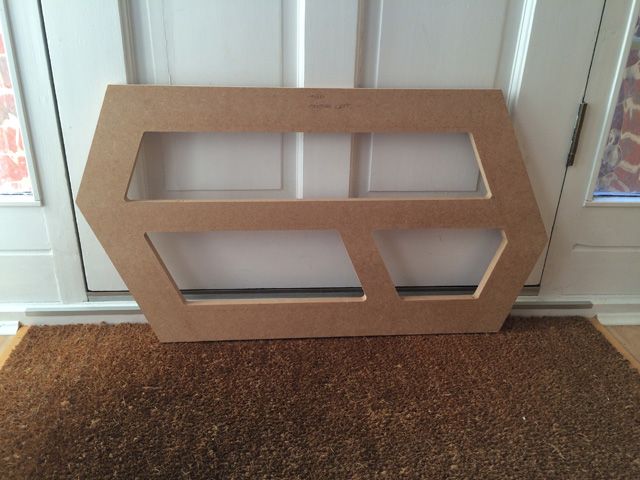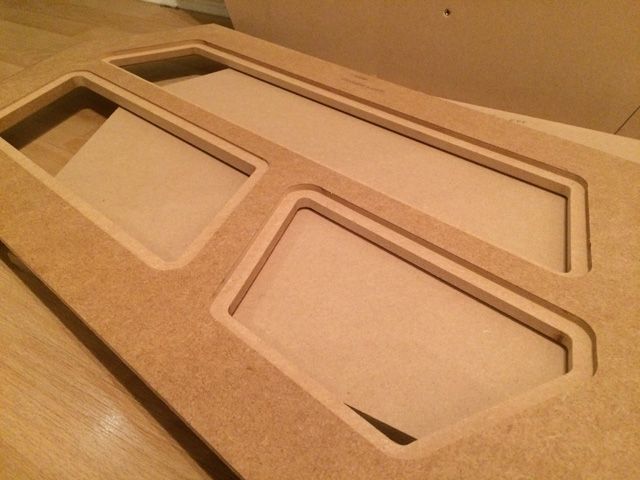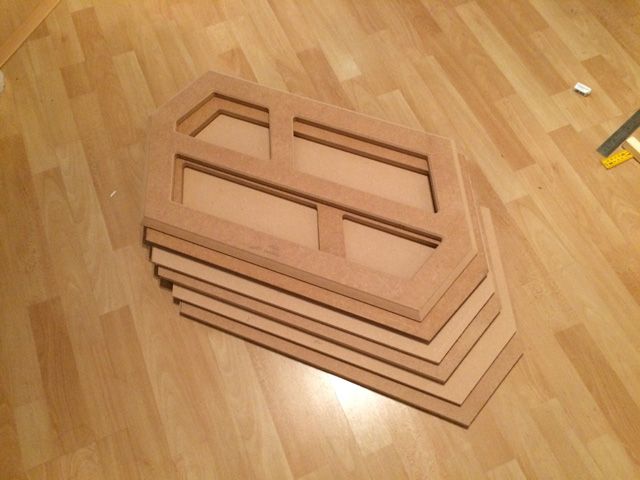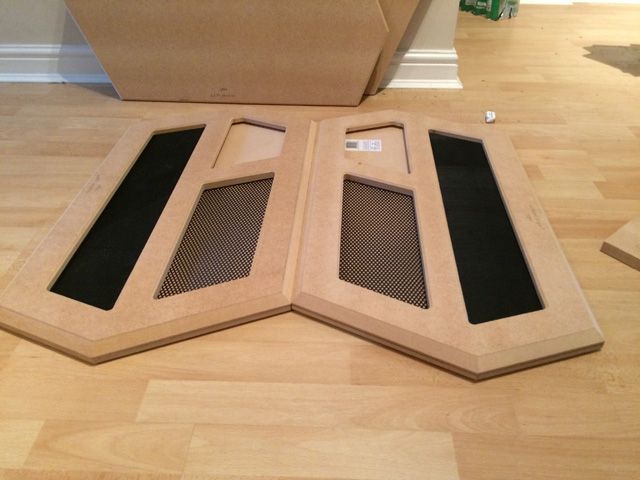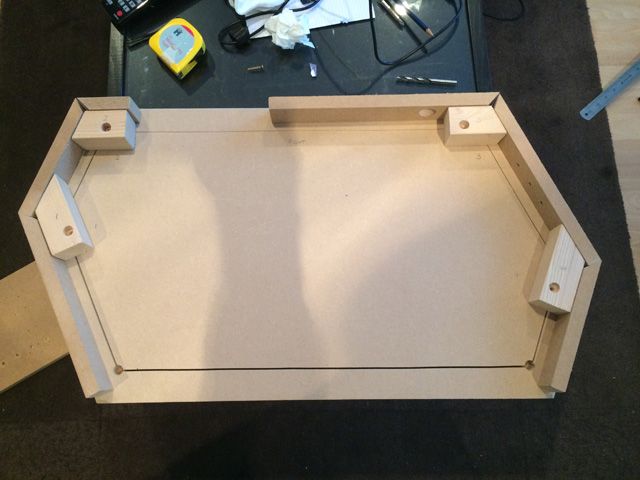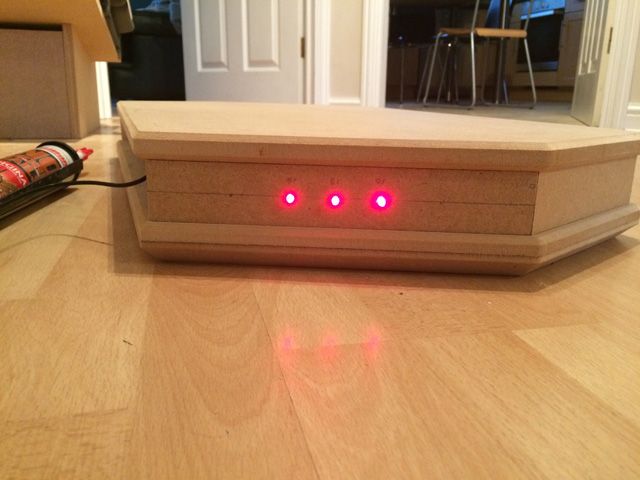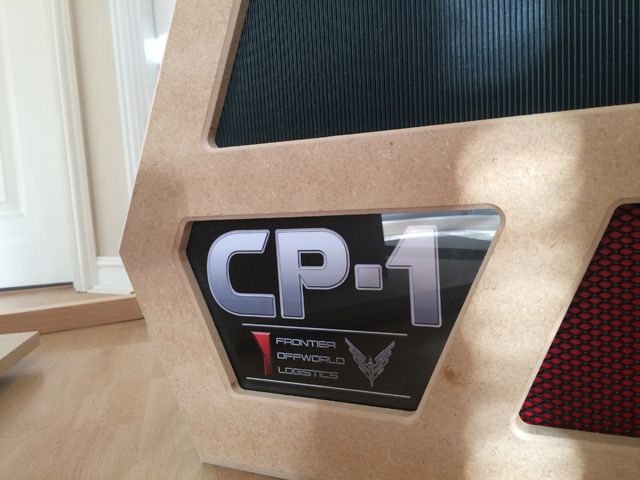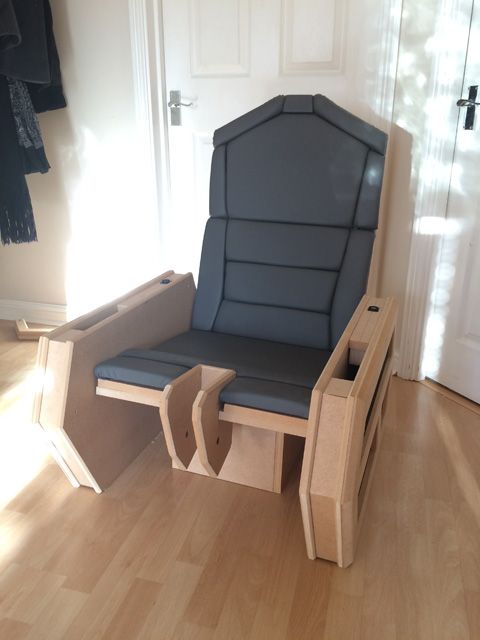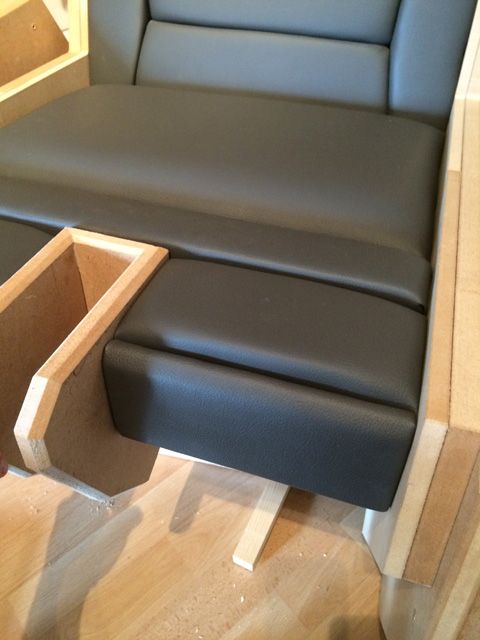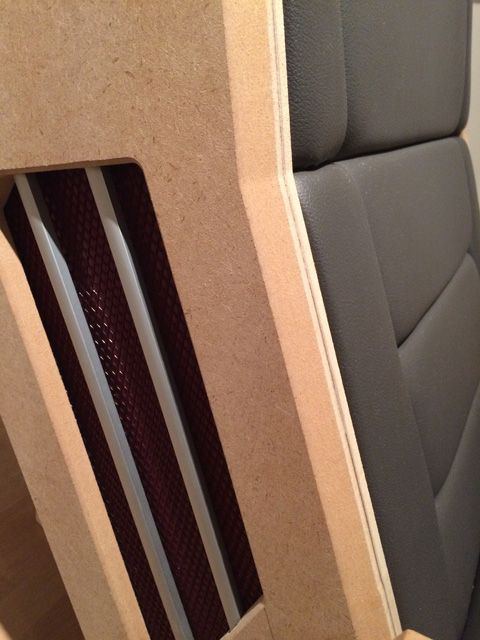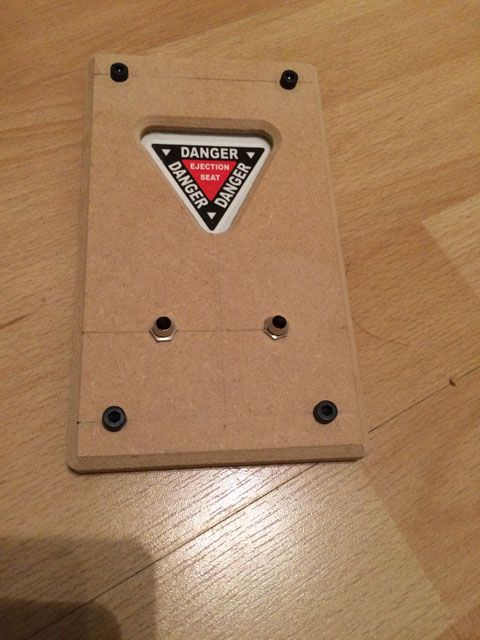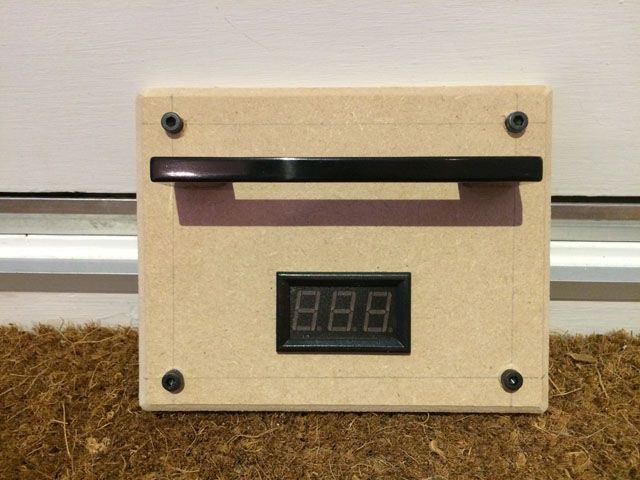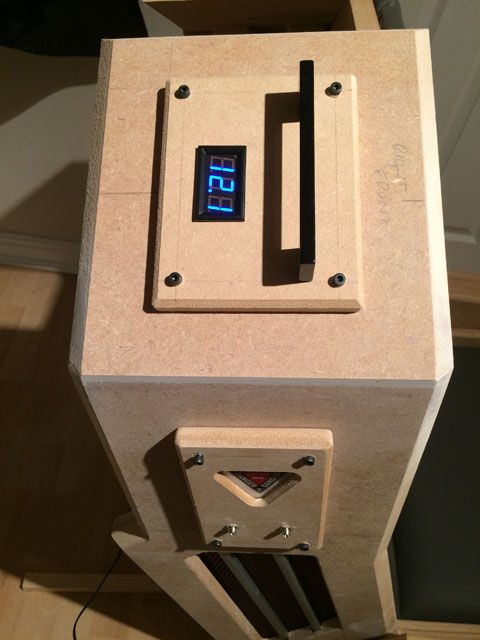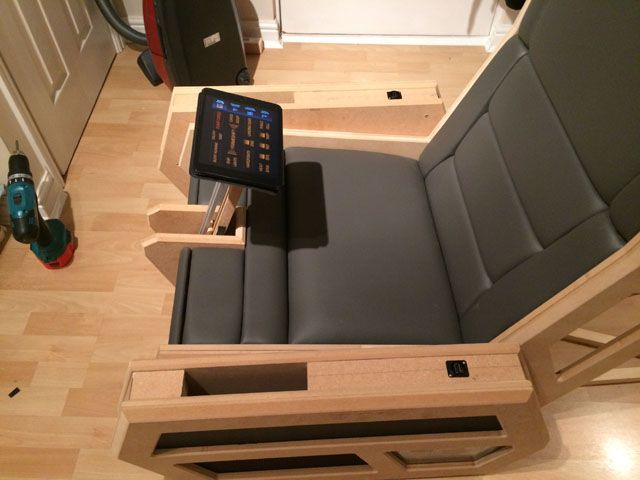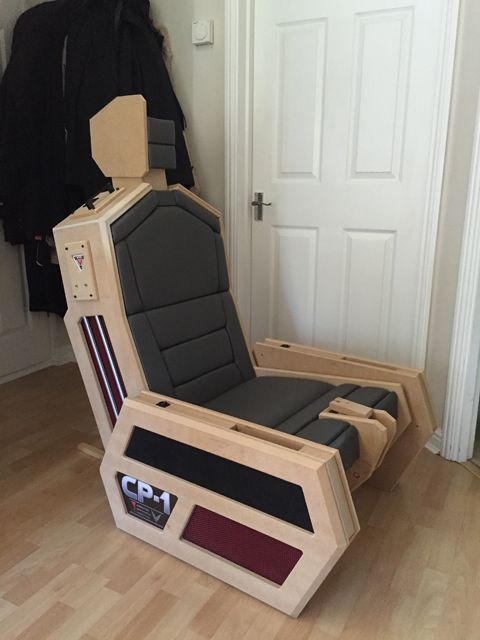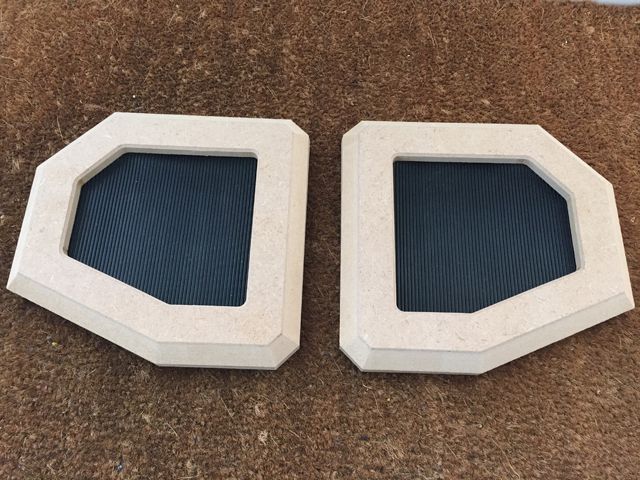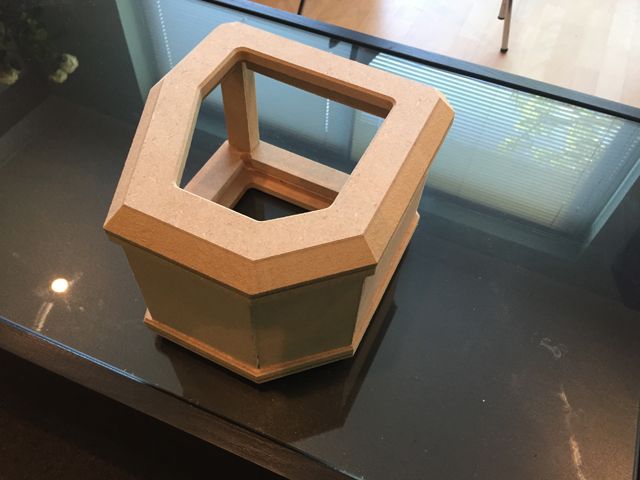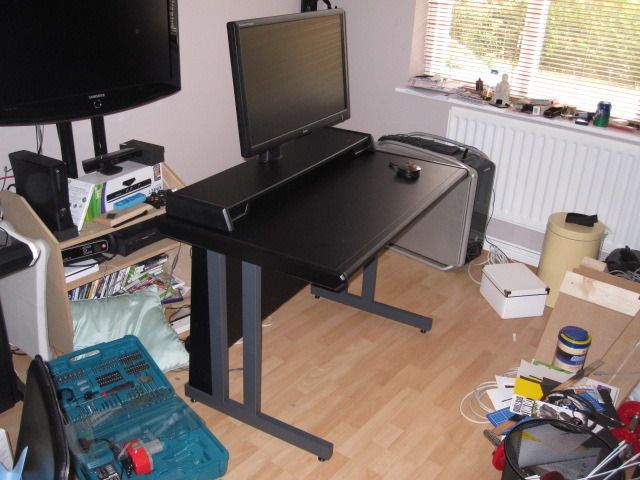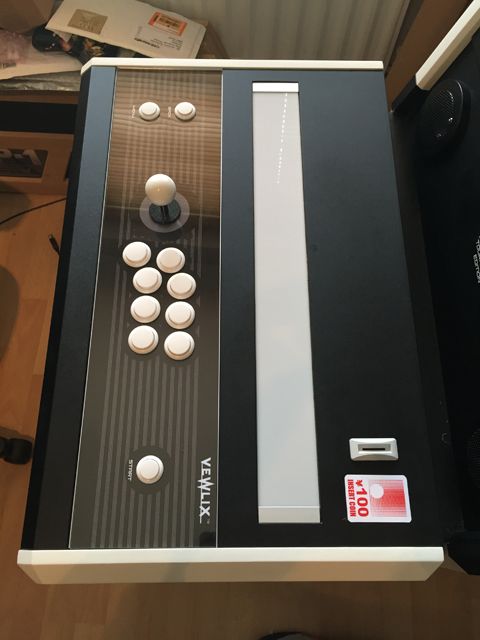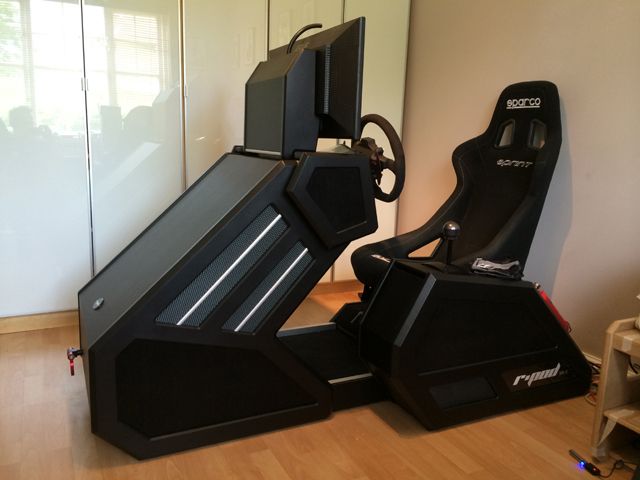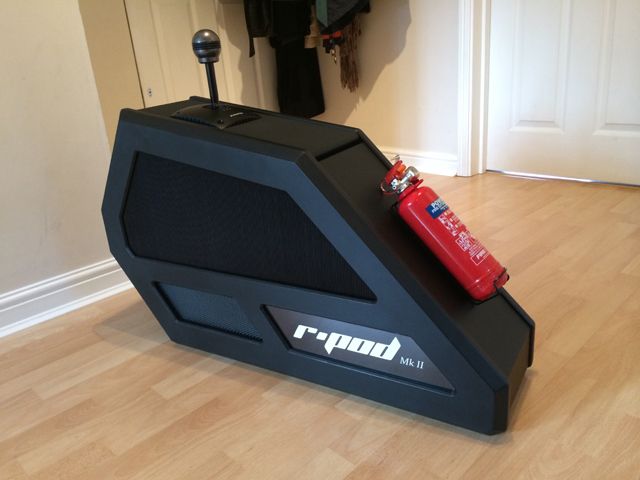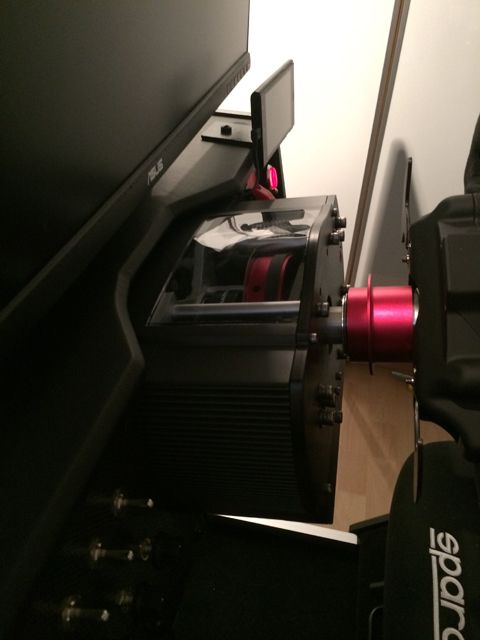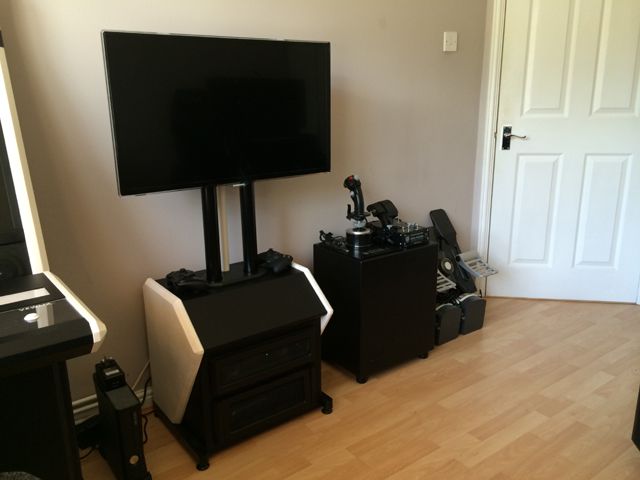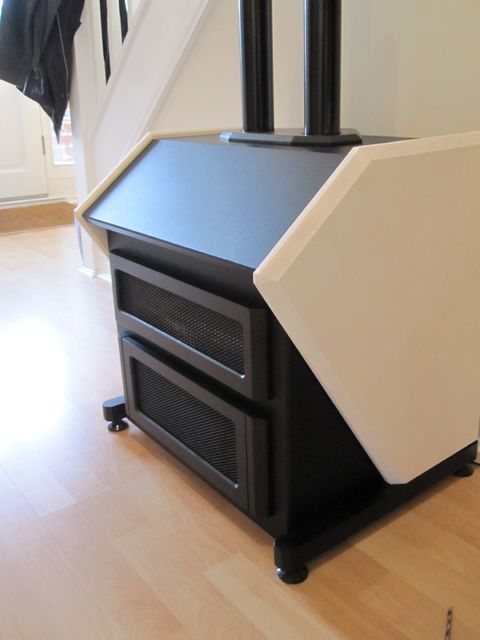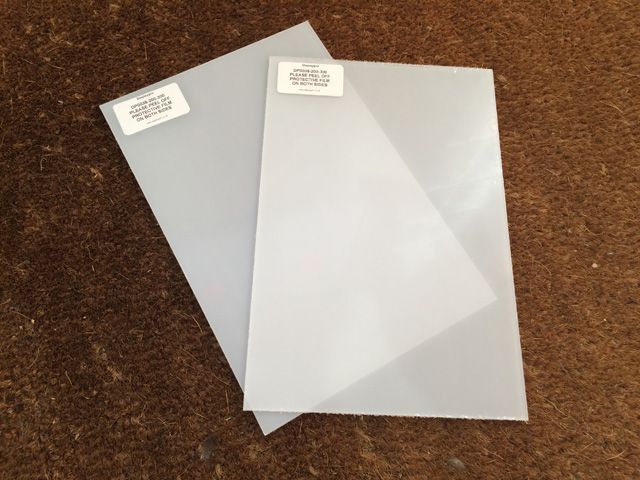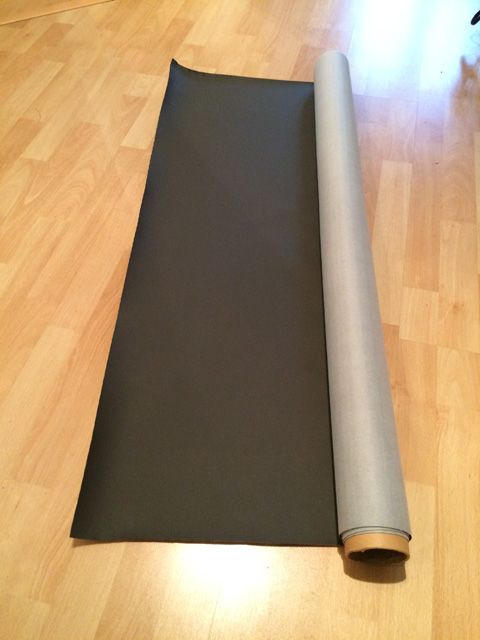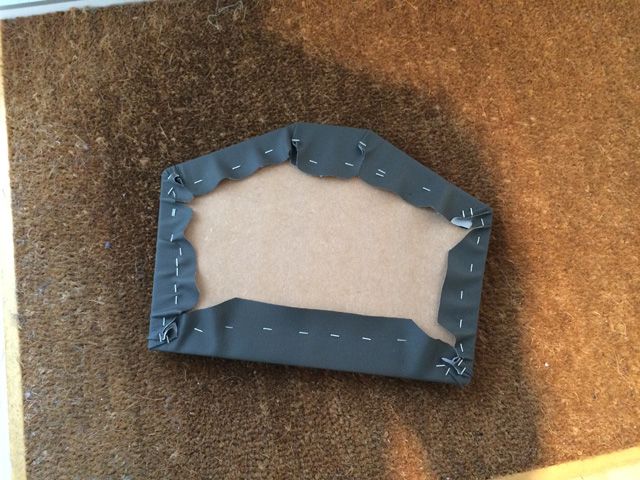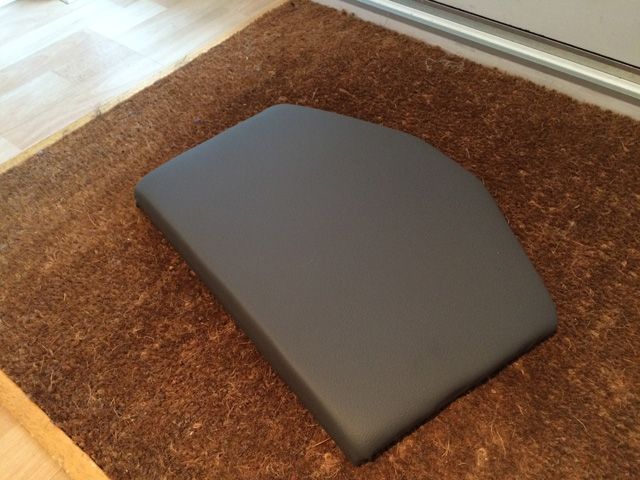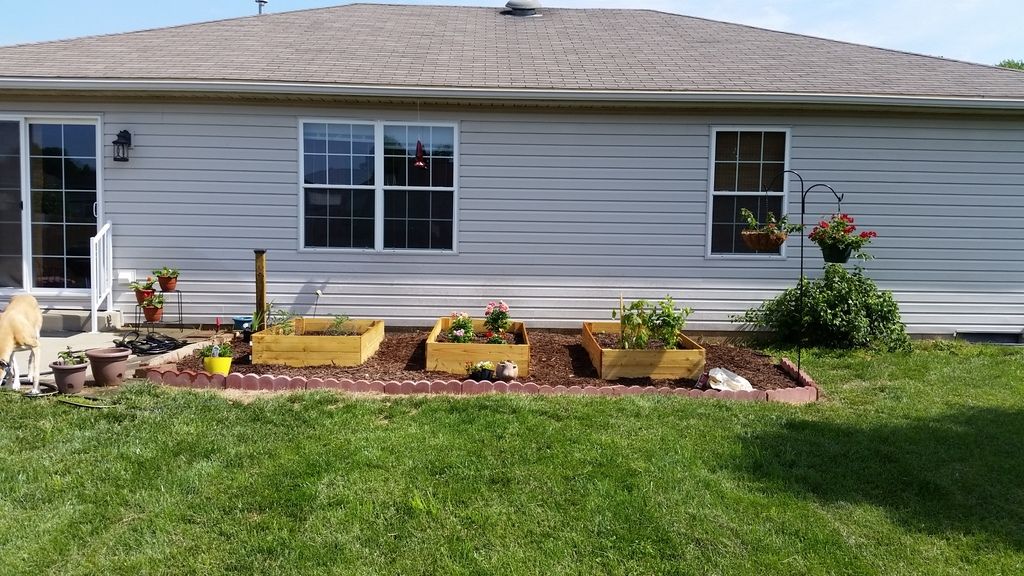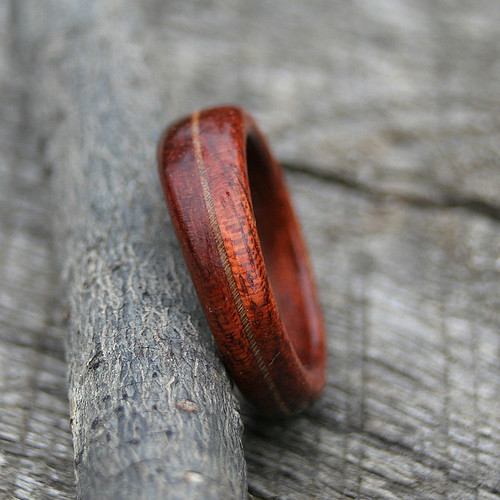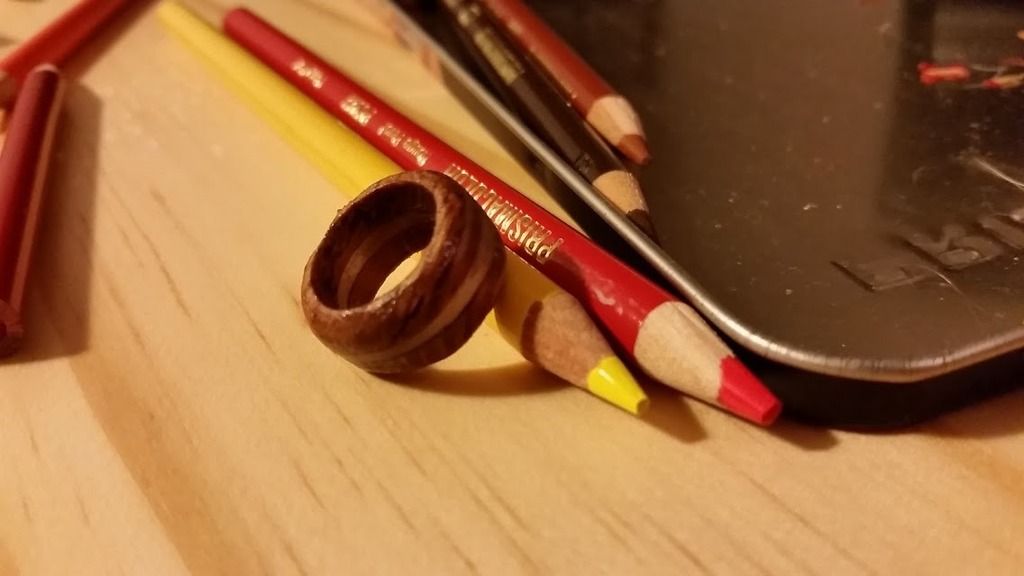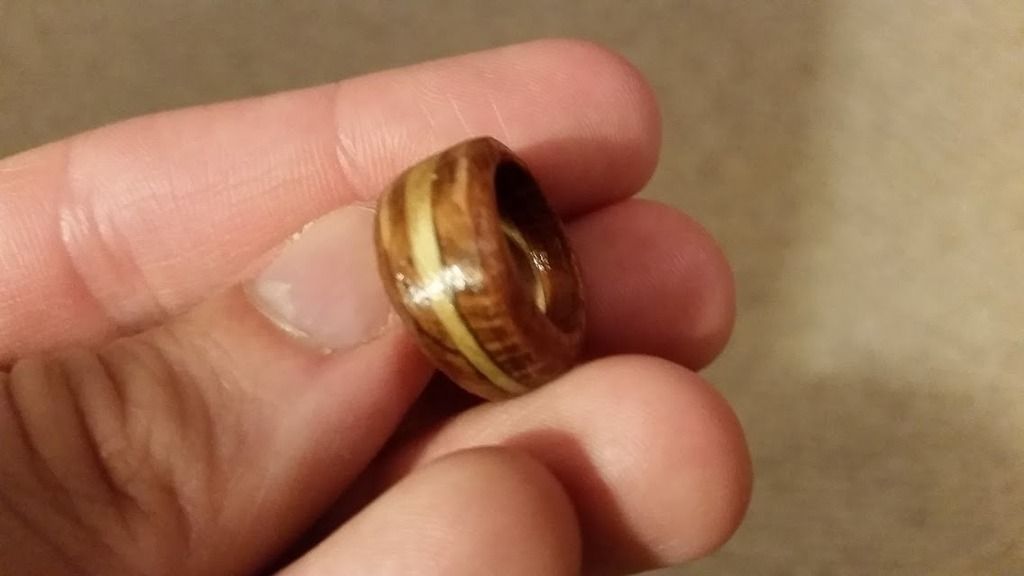n64coder
Member
I have had no experience with gas lines myself. It's one of the easier things I did though. People are intimidated by electrical and gas because they can potentially kill, but with some basic knowledge they're both fine for DIY. The gas line is simple black pipe. The threaded joints are sealed using yellow gas pipe dope. You screw the pipe together and make sure the dope is on the male threaded ends. After the connection is made you can turn the gas back on at the house and check for leaks. You check for leaks using simple dish soap. Put some around the joint and look for bubbles. With electrical the safest bet is to turn off the circuit at the board prior to work. Make sure you also have a voltage tester or a tick tracer to confirm if a line is hot or not.
None of the work needed permits. The wall I took down was not structural and the gas line ran along the base of it. Remodel stuff doesn't really neeed much permitting unless major structural changes are going to happen. Even the electrical I added didn't need a permit since I was able to use my same breaker board (100A panel). Had I needed to increase my panel size I would have had to call Edison out and would have needed a permit. I will need a permit for a room addition I would like to do some time next year.
Which state are you in? I'm a bit surprised that you don't need a permit for gas work. In Mass, you need a plumber to do all gas/plumbing work. Some towns allow a homeowner to pull an electrical permit which was the case for my town until a few years ago.
My understanding that the proper way to leak test a gas line is to put a test gauge on the line, pump it with some air and verify that it holds pressure for a period of time. The bubbles trick will not work for tiny leaks.
The tough part for me with black piping is how tight do you need to make the joints? I think novices have a tendency to over tighten.
I recently added a connection at the end of my gas line for my grill. My plumber had run the line last year and capped it off. I just added a T, a couple of shutoff valves, and the quick connect for my gas grill hose. Like you, I did the dish soap leak test although I did debate getting a test gauge.
When you pulled the new lines, were you opening up the walls to run the new cable? Curious about what goes into that kind of work.
I have an older home - build in 1940 - and it has renovations done at different periods of time. One of the issues I've wanted to take care of is switching a number of our outlets from 2 prong to 3; these were wired probably 30 years ago. But I'm assuming we'd have to open up our (lath and plaster) walls to run new cable, which it probably could use, so I haven't gone there.
I suggest looking at the electrical cable to see if you do have a ground wire. My house was built in the 60s and it seems that it was common for electricians to wrap the ground wire around the end of the cable which is clamped inside the box. This would ground the box if it's metal. I would loosen the clamp and unwound the wire. Then I would get two more piece of ground wire, one to go to the box, the other to the plug. All ground wires should be tied together.
I had an attic with about 3' of space above my front room and about 6-7' of clearance for the rest of the house. You'll note a picture in my post with the ladder and a bunch of cables coming out of the hole I cut in the wall. If you don't have attic space you're forced to remove wall and patch. I did a combo here. I was in the attic pushing wire while my friend was on the ladder pulling down.
The real big challenge is fire stops in your stud banks. If you have an attic you can get a 6 foot long drillbit made to drill through fire stops. Then you fish pull wire down, try and make it through your drilled hole so you can pull a new run up.
If you have no attic space, walls need to be pulled. A raised foundation could help, but it's not ideal as you cannot get a 6' bit into a 2'crawl space.
The other approach you can do is to make small holes/notches in the plaster to make fishing wiring a bit easier. Then you only have to patch small holes (2"x3") instead of the whole wall. It's time consuming work needless to say.

